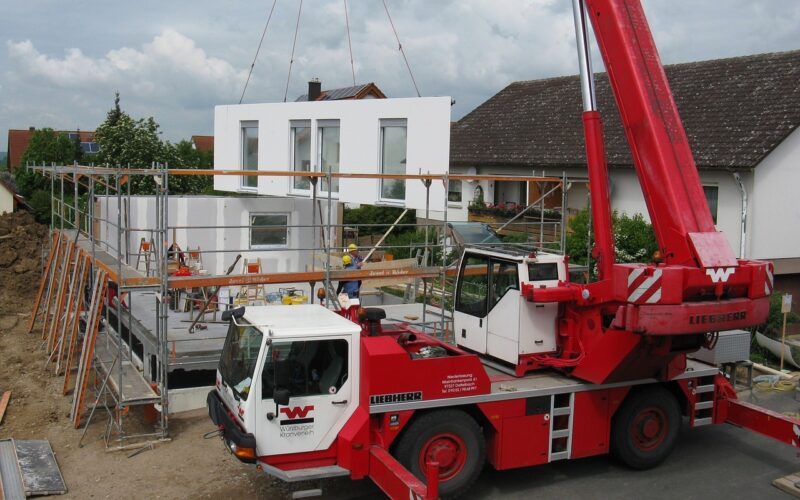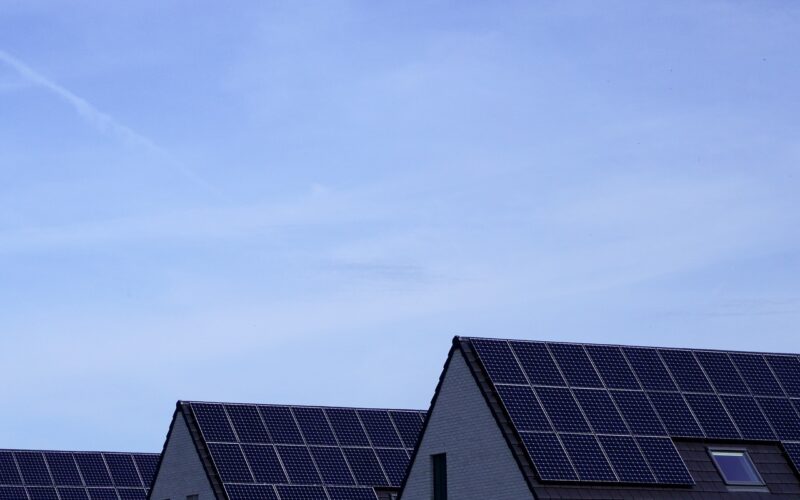The Hidden Risk Of Smart Tech
In recent years, the proliferation of wireless smart technology has revolutionised how we live and manage our homes. From voice-activated assistants to remotely controlled heating systems and refrigerators that can reorder milk, the convenience is undeniable. However, beneath the sleek exterior and user-friendly interfaces lies a host of potential dangers that homeowners should not overlook.
The invisible threat to our health
One growing concern is the potential health impact of continuous exposure to electromagnetic fields (EMFs), which are emitted by virtually all wireless devices. Although the World Health Organisation has classified RF radiation as possibly carcinogenic to humans, the long-term effects of low-level exposure are not fully understood. Some studies suggest a possible association with various health issues including sleep disturbances, headaches, and cognitive disruption. As smart homes become increasingly common, with multiple devices operating 24/7, the cumulative exposure could pose a significant risk, particularly to more vulnerable populations like children.
An open door to our privacy
Another pressing issue is privacy and security. Smart home devices are constantly collecting data about our daily routines, preferences, and even conversations – information that is incredibly valuable to companies and, potentially, to hackers. Weak passwords, unsecured networks, and software vulnerabilities can turn your smart home devices into gateways for cybercriminals seeking to steal personal information, spy through unprotected cameras, or even gain access to financial details. The risks are exacerbated by the fact that many users fail to properly secure their devices or regularly update them to patch security flaws.
Environmental concerns of an always-connected home
We must also consider the environmental impact of smart tech proliferation. The convenience of an always-on lifestyle comes with a lesser-noticed consequence: increased energy consumption. Despite the energy-efficient nature of individual devices, the sheer volume and continuous operation lead to significant aggregate demand on the power grid. Additionally, the rapid pace of technological advancements renders devices obsolete at alarming rates, contributing to e-waste and challenging recycling efforts, given the complex and often toxic materials contained in electronic devices.
Interference and reliability of smart tech
Reliability can also be a concern with smart home technology. Wireless interference from numerous devices can cause performance issues, and because many smart home systems rely on internet connectivity, a single network outage can render them inoperable. This doesn't only pose an inconvenience but can also lead to safety hazards if critical systems such as smoke alarms or security features fail to function correctly in times of need.
Building a safer smart home
All is not doom and gloom within the smart home industry. Manufacturers are continually improving the security features of their devices, and there is a growing awareness among consumers about the importance of cybersecurity. Homeowners can take proactive steps, such as using strong, unique passwords for their devices and networks, regularly updating device firmware, and deactivating features that are not necessary. It’s also wise to research and invest in products from companies that are committed to data privacy and have a sound track record of security.
Regarding health concerns, limiting the usage and number of devices, as well as mindful placement away from sleeping or living areas, can help reduce EMF exposure. Investing in wired systems where possible or devices that can toggle between wired and wireless connectivity may offer safer alternatives.
To address environmental issues, opt for devices with longer lifespans, purchase from companies that prioritise sustainability, and properly recycle old electronics to minimise e-waste.
Realising the ideal of a smart, connected home requires an understanding of the inherent risks and responsible management of the technology we so eagerly invite into our lives. By staying informed and vigilant, homeowners can enjoy the conveniences of smart tech without compromising their safety, privacy, or well-being.












